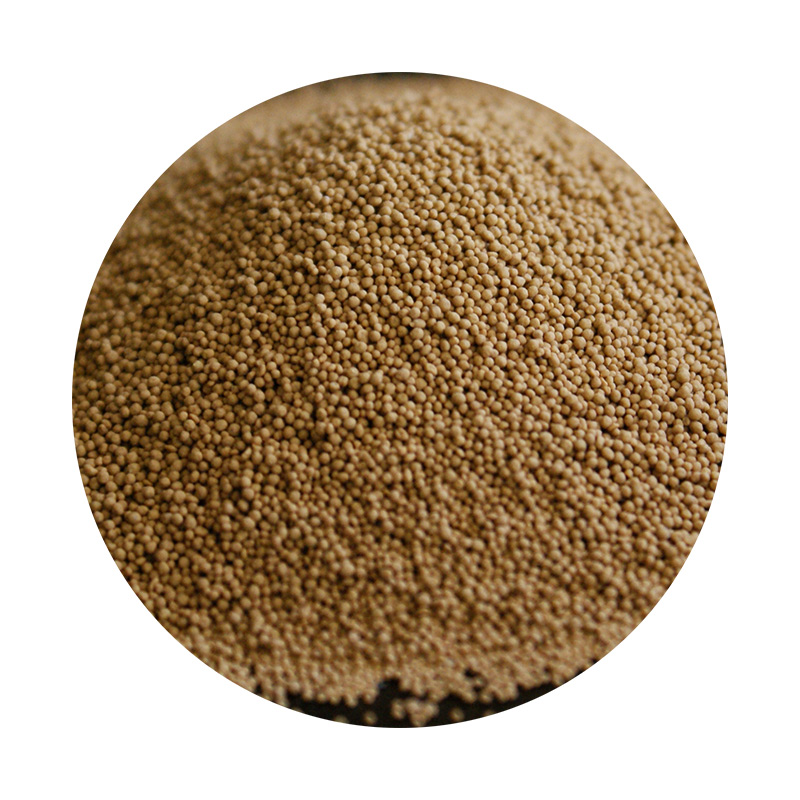Sand Casting of Cast Iron An Insight into the Process and Its Advantages
Sand casting is one of the oldest and most versatile metal casting processes, particularly well-suited for the production of cast iron components. With its rich history dating back thousands of years, this technique continues to play a significant role in modern manufacturing due to its simplicity, cost-effectiveness, and adaptability.
The Sand Casting Process
The sand casting process begins with the creation of a mold, which is formed from a mixture of sand, clay, and water. The sand is compacted around a pattern, usually made from metal, plastic, or wood, that represents the shape of the final iron product. Once the pattern is removed, it leaves a cavity in the sand that will be filled with molten cast iron.
The key to successful sand casting lies in the preparation of the sand mixture. The right balance of sand, clay, and water ensures that the sand has the necessary binding properties while also providing sufficient permeability to allow gases to escape during the pouring of molten iron. This prevents defects such as gas pockets and imperfections in the final casting.
After the mold is prepared, the next step involves heating the cast iron until it reaches its molten state. Cast iron is preferred for many applications due to its excellent casting characteristics, such as fluidity and the ability to retain detail. Once the molten metal is ready, it is poured into the mold cavity, where it will solidify and take the shape of the desired component.
After the metal has cooled and solidified, the mold is broken open to reveal the cast iron part. This is typically followed by a series of finishing processes, such as grinding, machining, and surface treatment, to achieve the desired final specifications.
sand casting cast iron

Advantages of Sand Casting Cast Iron
The sand casting process offers numerous advantages, particularly when working with cast iron. One of the primary benefits is its cost-effectiveness. The materials required for sand casting are relatively inexpensive, and the process itself does not demand highly sophisticated equipment. This makes it an attractive option for both small-scale manufacturers and large industrial operations.
Another advantage of sand casting is its versatility. This process can be used to create a wide range of cast iron products, from simple components to complex shapes and intricate designs. The flexibility of sand casting allows for the production of both small quantities and mass production, accommodating various project needs.
Additionally, sand casting is well-suited for producing large parts that might be challenging to fabricate using other methods. The ability to easily create molds for large components minimizes material waste and supports efficient manufacturing processes.
Conclusion
In conclusion, sand casting of cast iron remains a fundamental process in the metalworking industry. Its historical significance, combined with modern advancements, ensures that sand casting will continue to be a viable manufacturing method for years to come. From cost-effectiveness to versatility, the advantages of sand casting make it an ideal choice for producing high-quality cast iron components across various industries. As technologies evolve, this ancient method may also incorporate new innovations, further enhancing its capabilities and applications in a modern context.
Post time:نويابىر . 04, 2024 14:42
Next:metal sand casting
